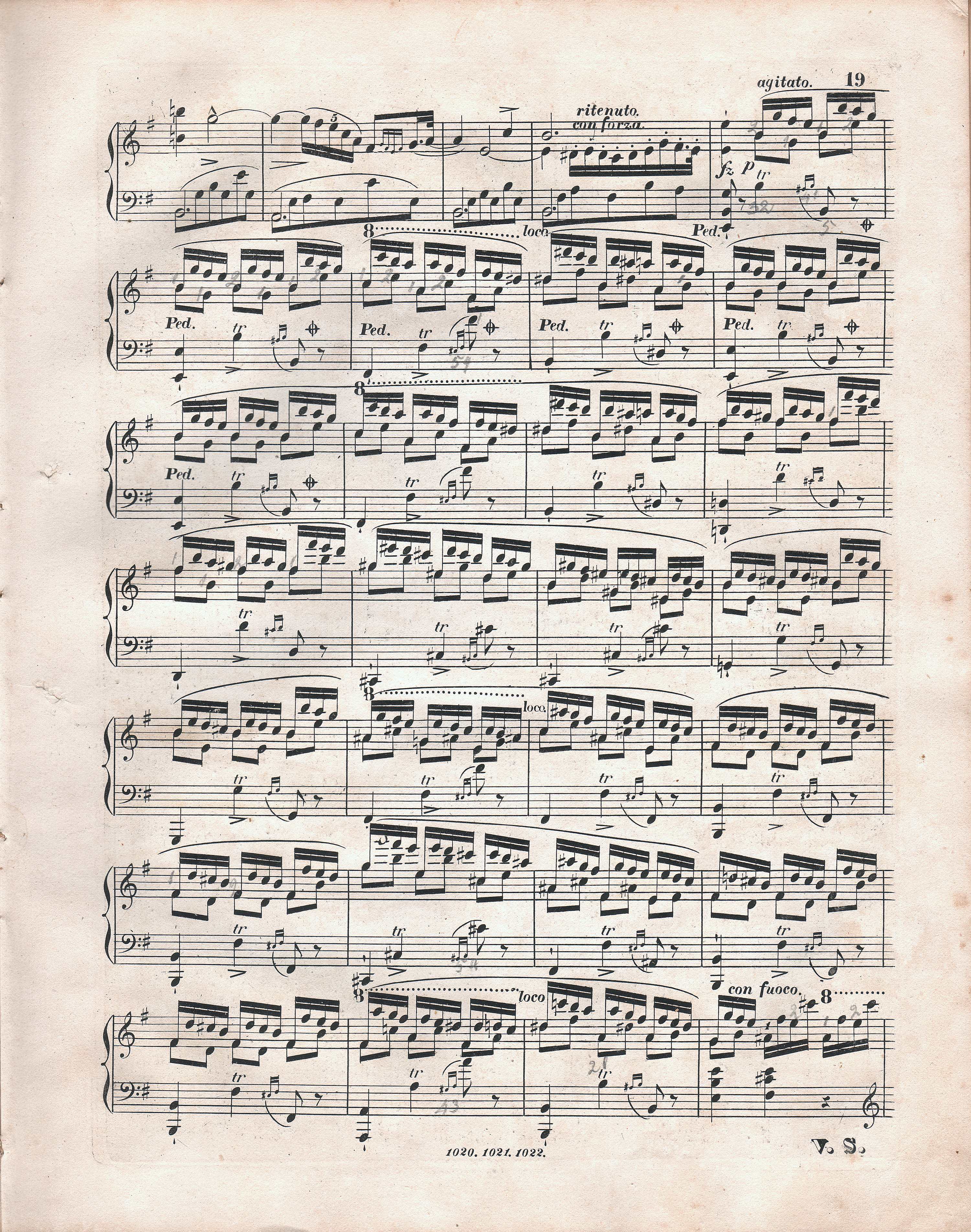Op. 2, Variations in B♭ major
Op. 10, 12 Etudes
Op. 11, Concerto in E minor
Op. 21, Concerto in F minor
Op. 22, Polonaise in E♭ major
Op. 24, 4 Mazurkas
Op. 25, 12 Etudes
Op. 26, 2 Polonaises
Op. 27, 2 Nocturnes
Op. 28, 24 Preludes
Op. 30, 4 Mazurkas
Op. 35, Sonata in B♭ minor
Op. 50, 3 Mazurkas
Op. 63, 3 Mazurkas
Op. 64, 3 Waltzes
(Op. 4), Sonata in C minor




Op. 11, Concerto in E minor, Mvt I
The additional dot in GE seems to be a routine addition of the engraver, convinced of the mark having been overlooked in FE. On the other hand, such an oversight cannot be excluded. In the main text, we stick to the version of the principal source – FE, which is also supported by the fact that the articulation of the final demisemiquaver results from the rhythmic context and does not require specification.
Compare the passage in the sources »
category imprint: Differences between sources
issues: Inaccuracies in GE
notation: Articulation, Accents, Hairpins



